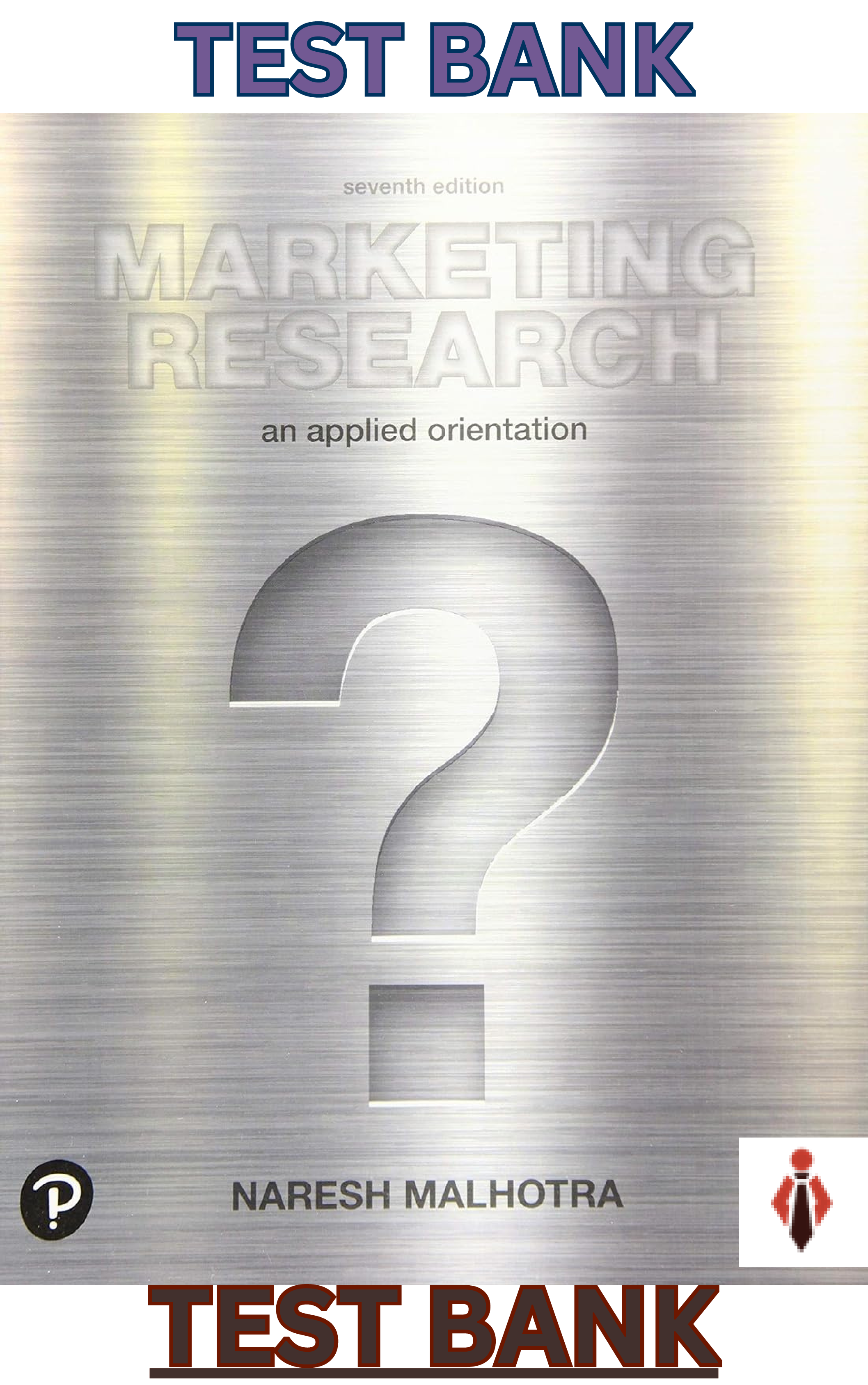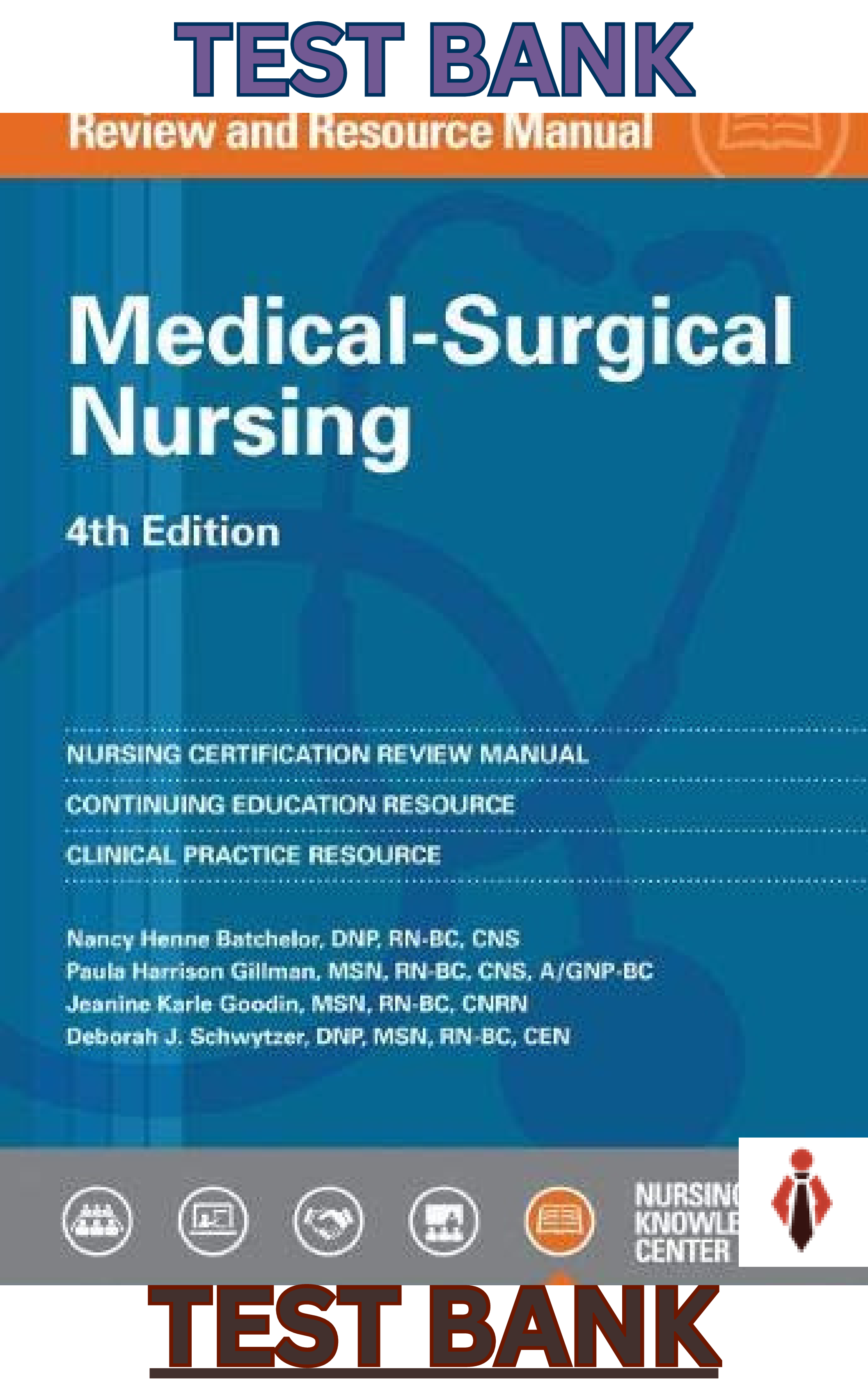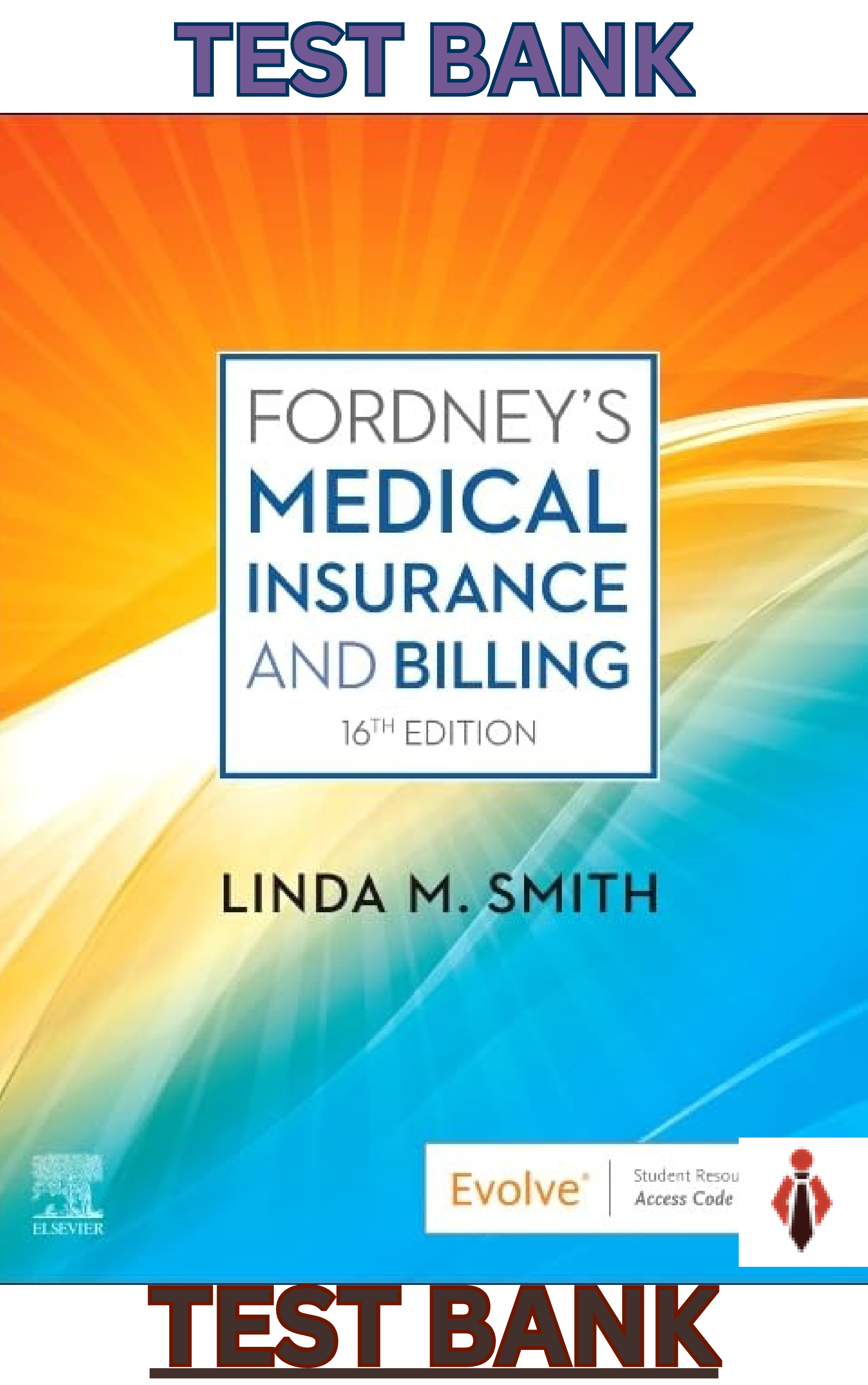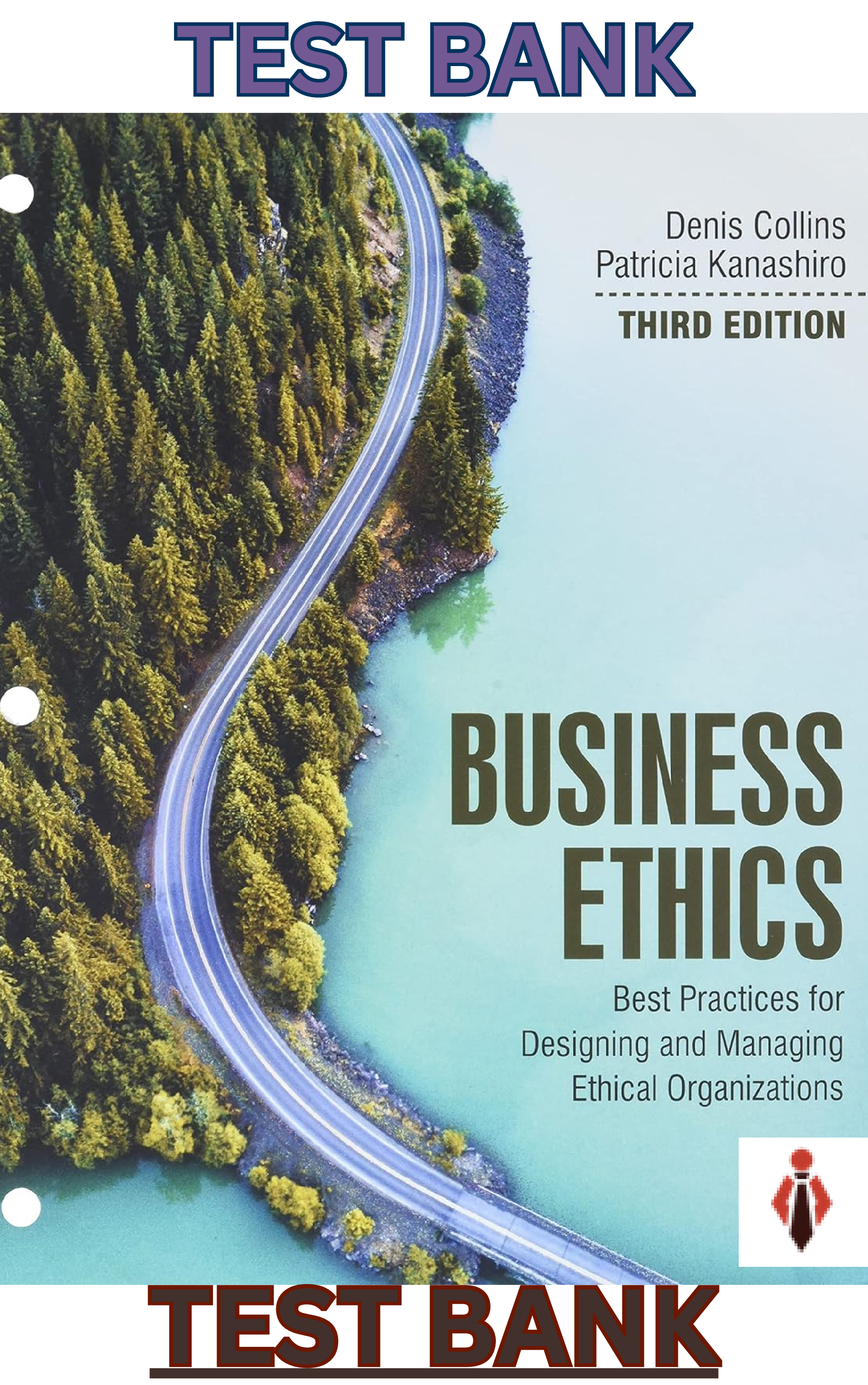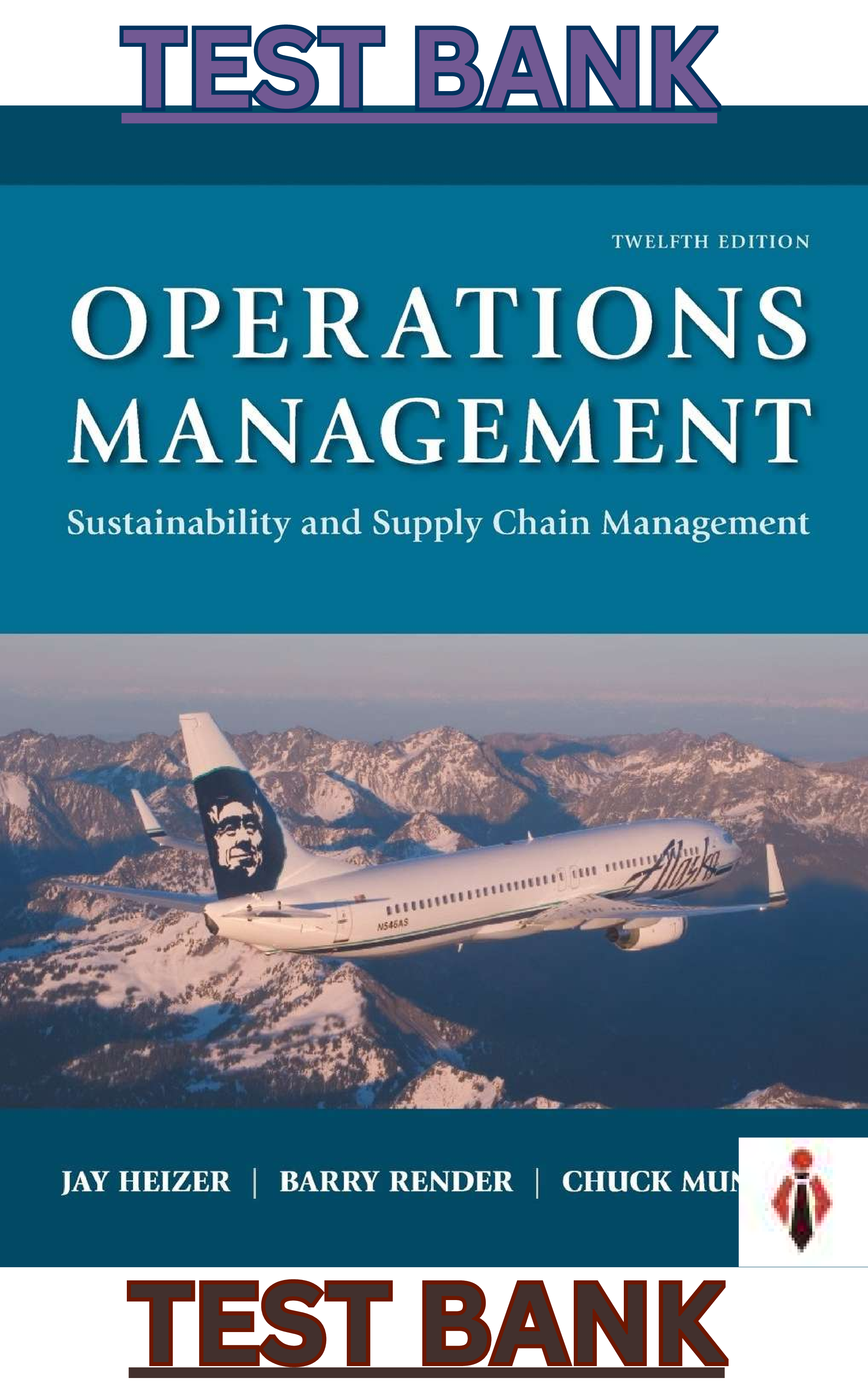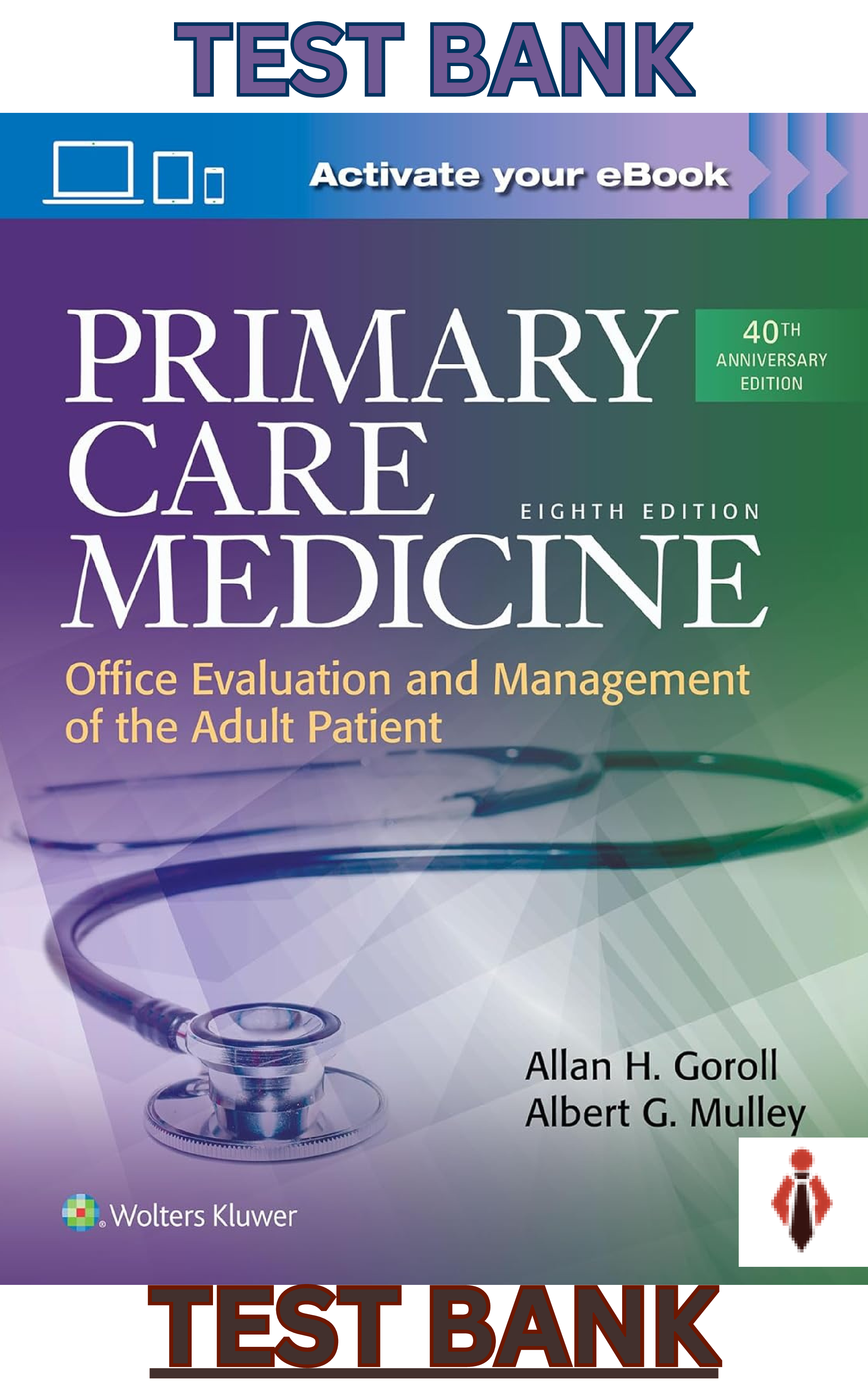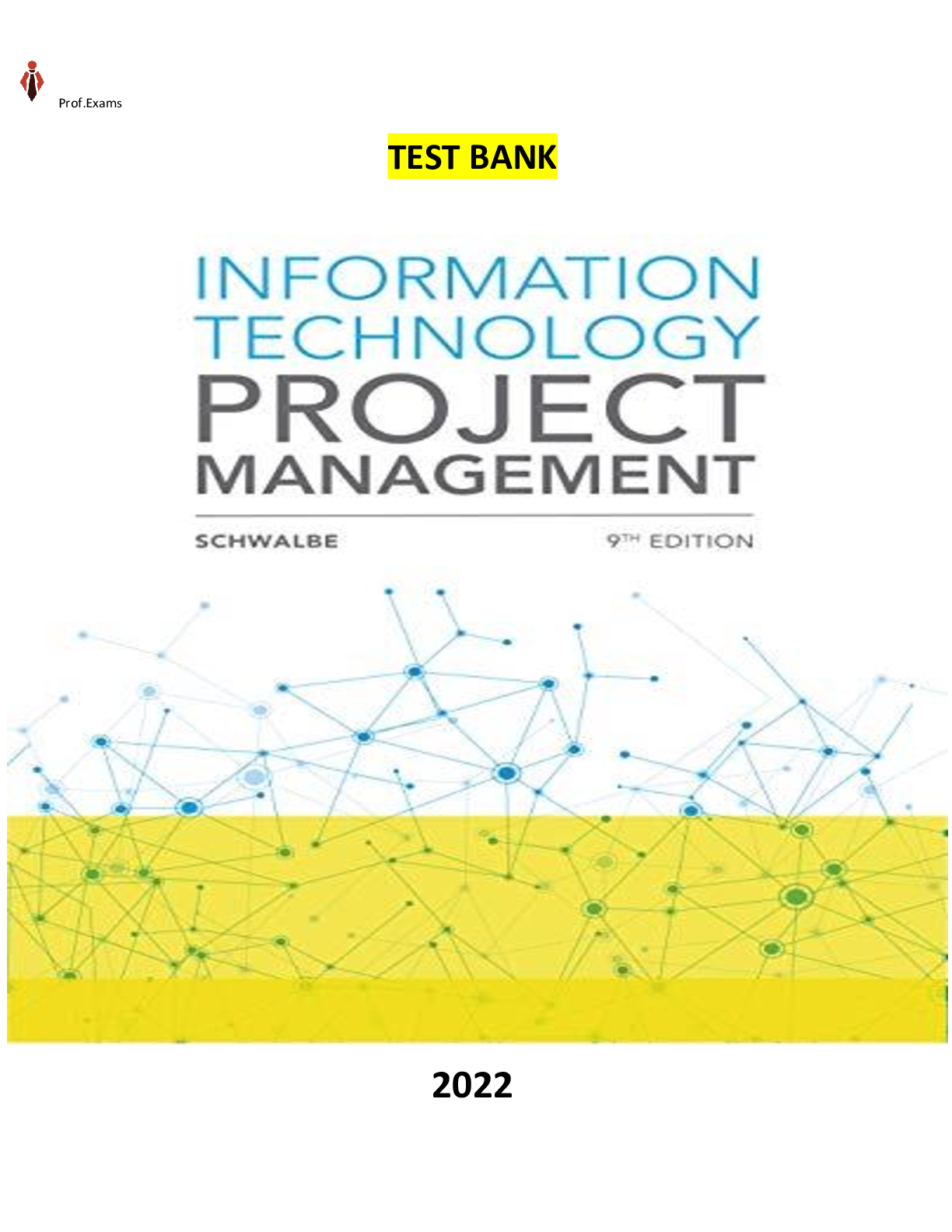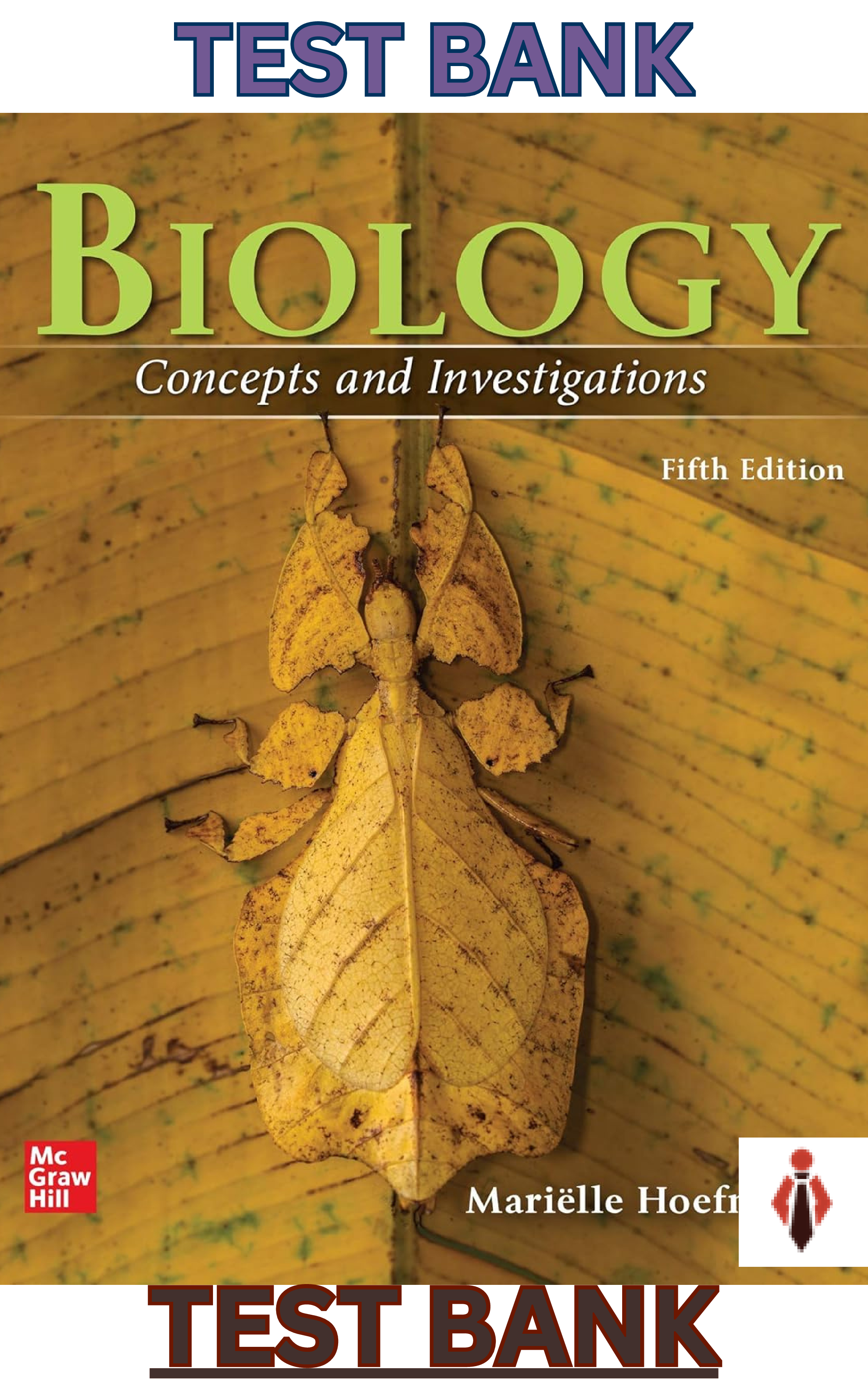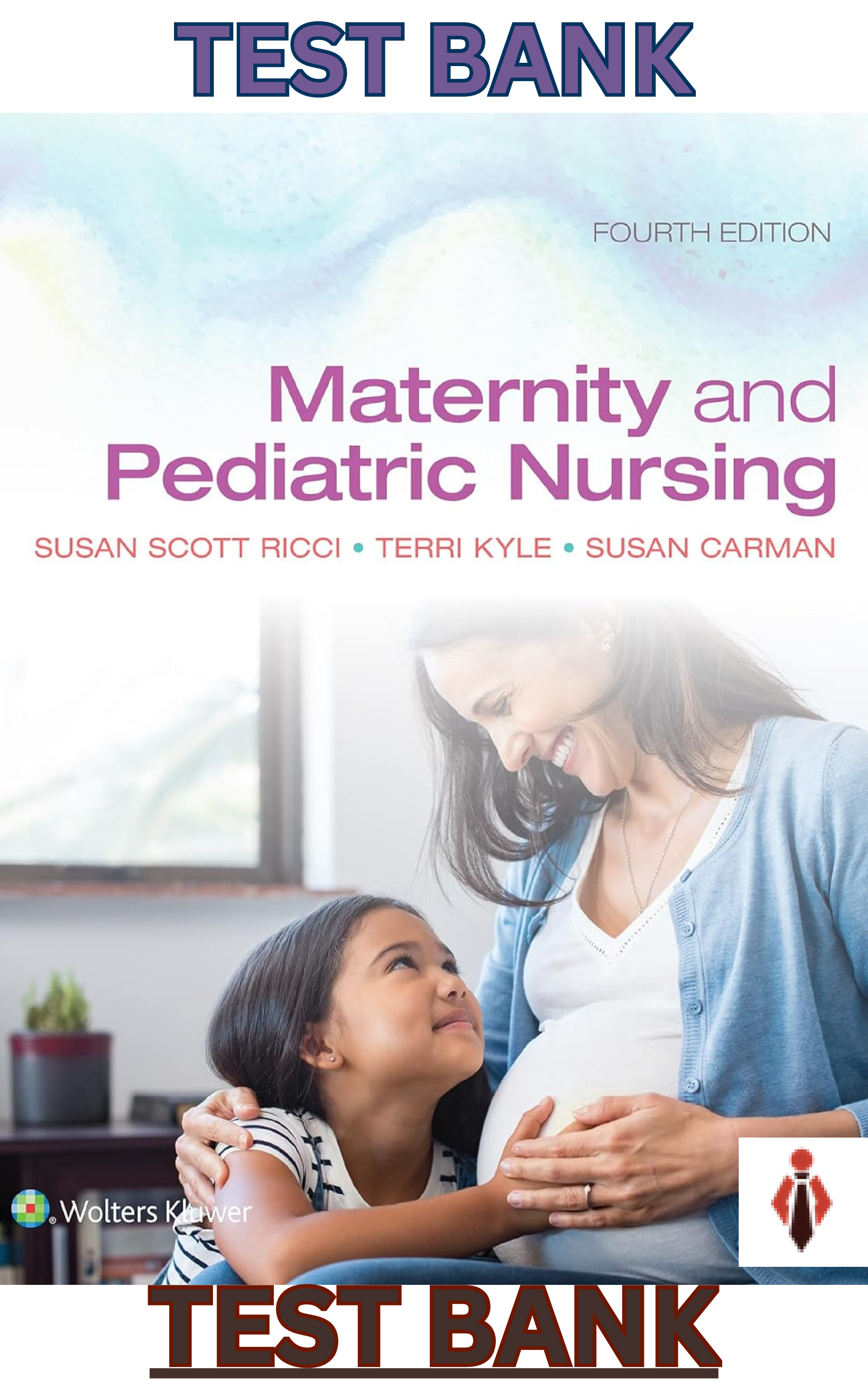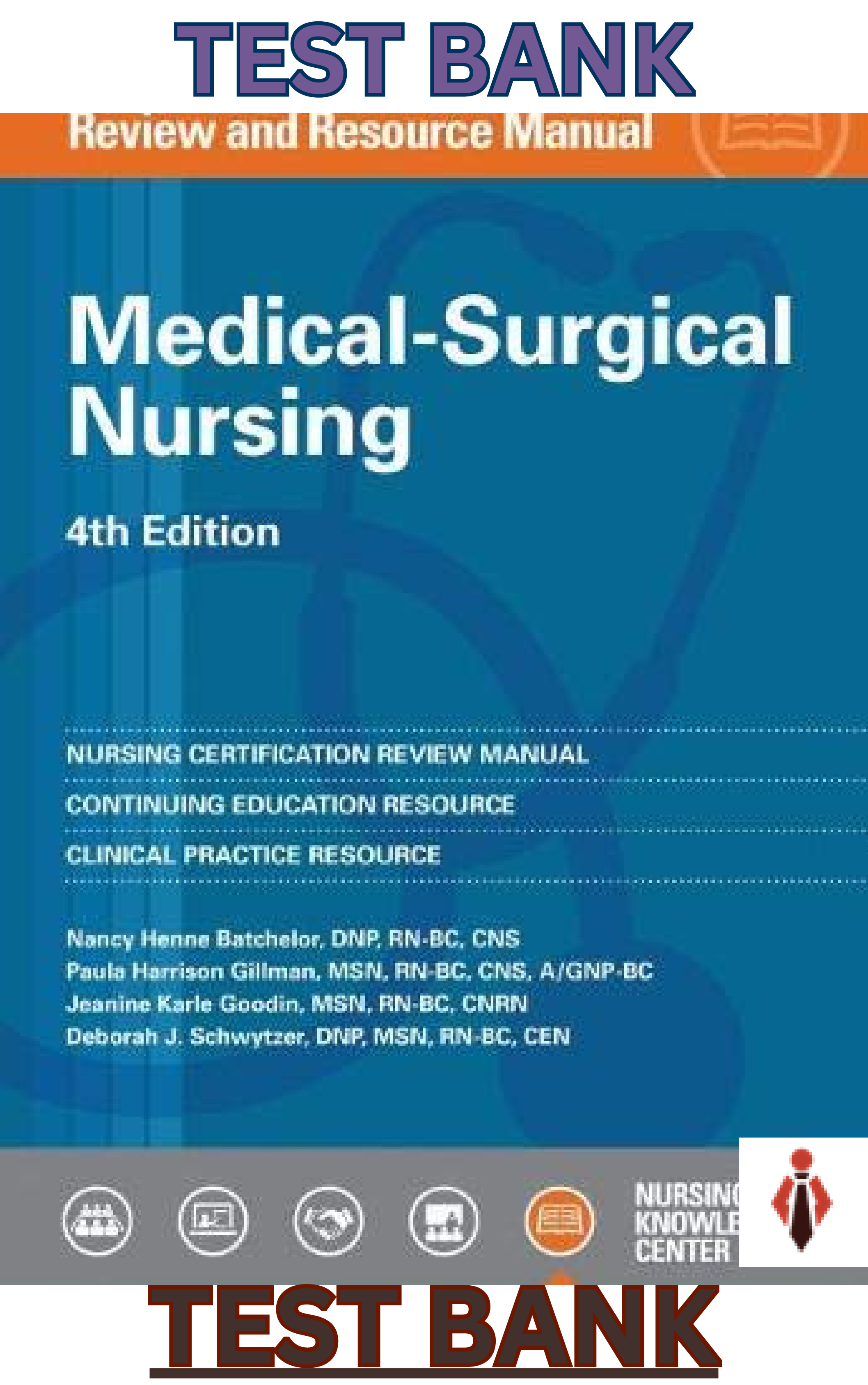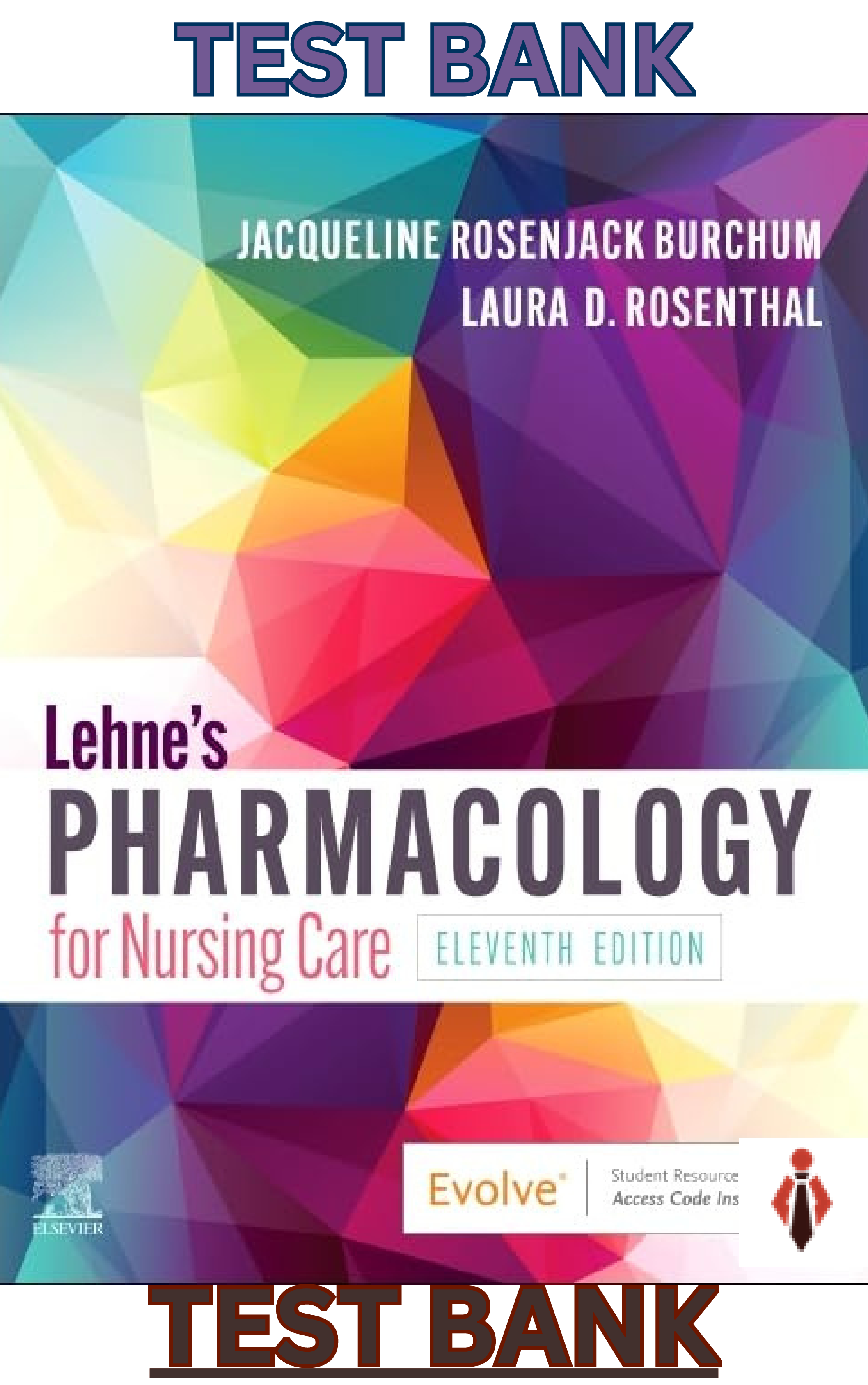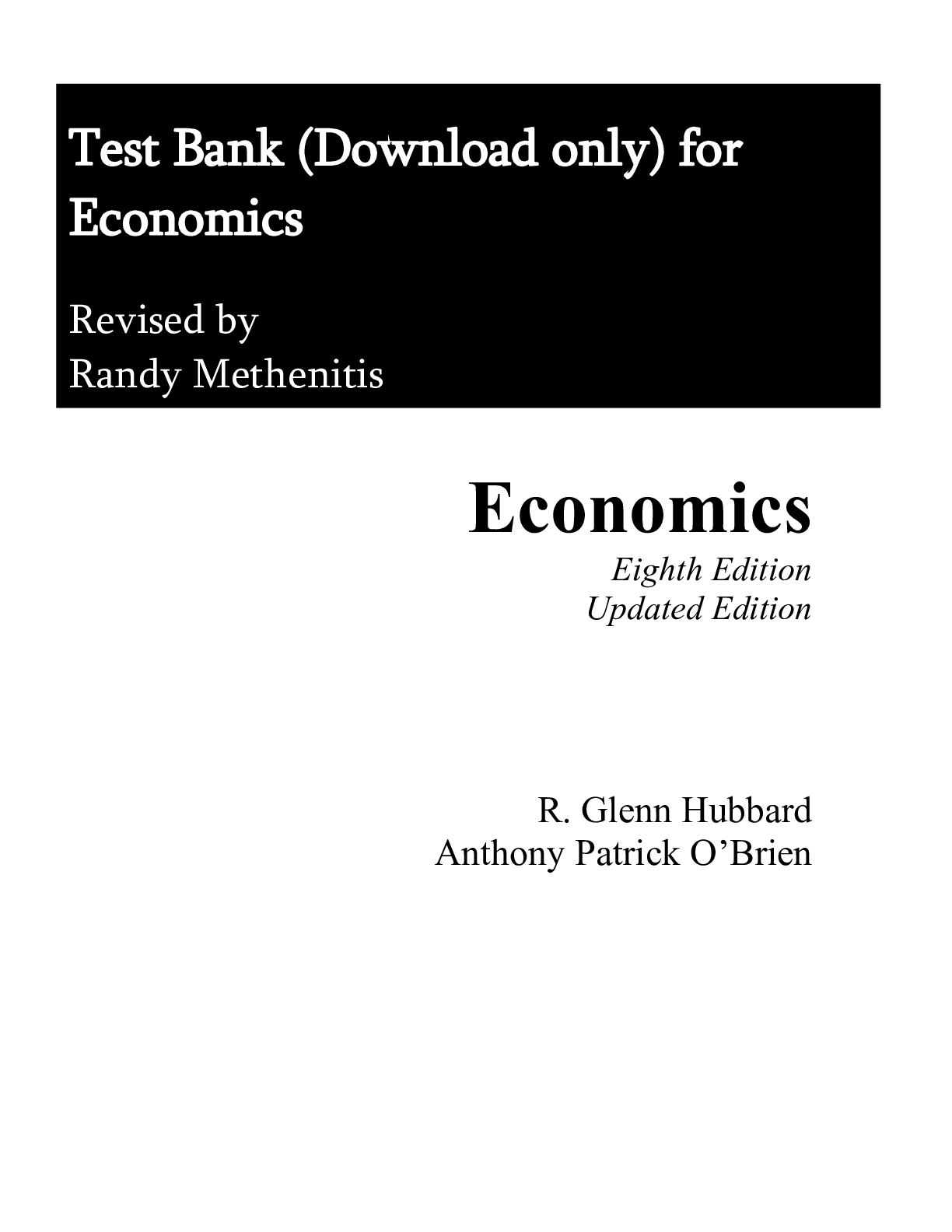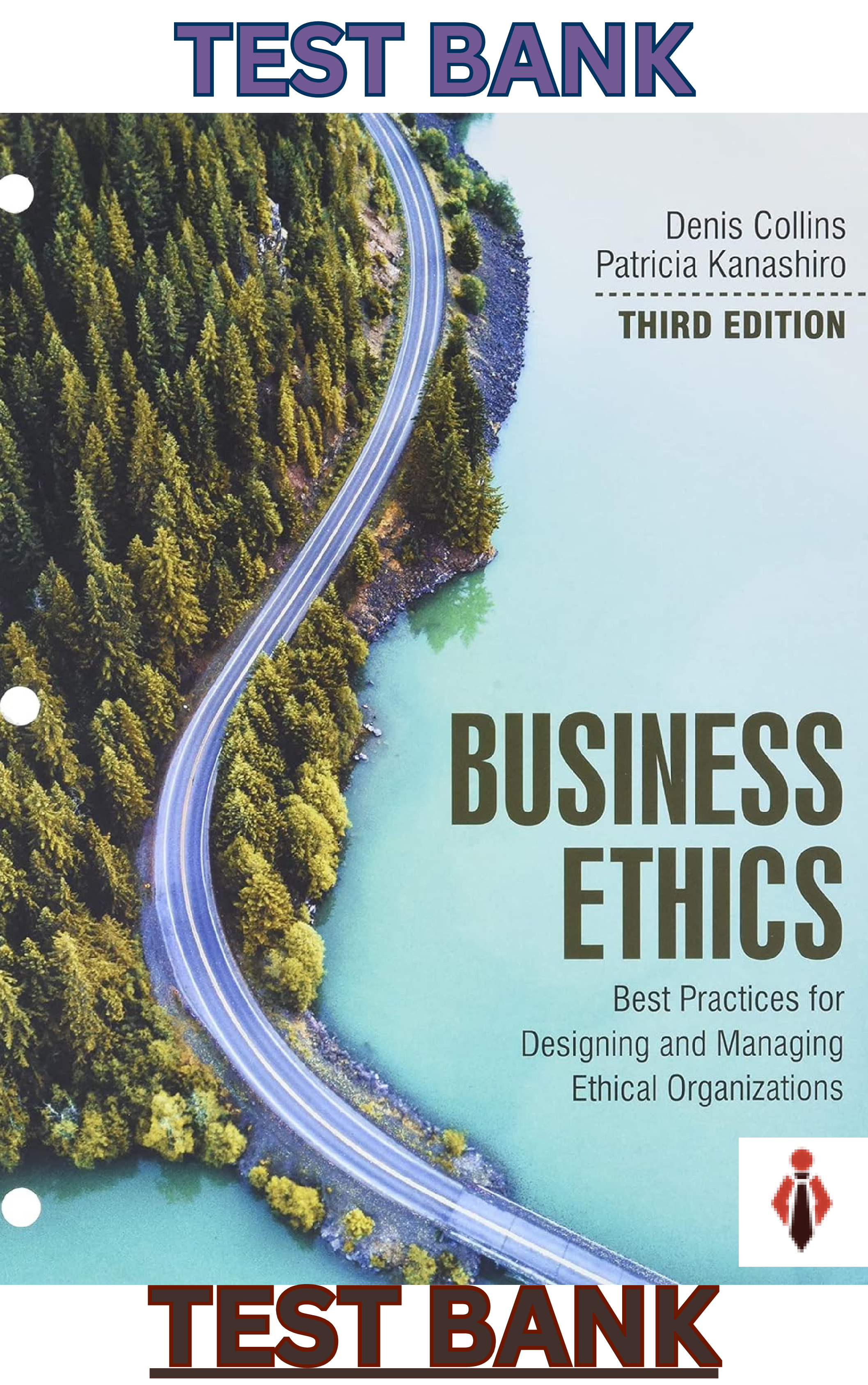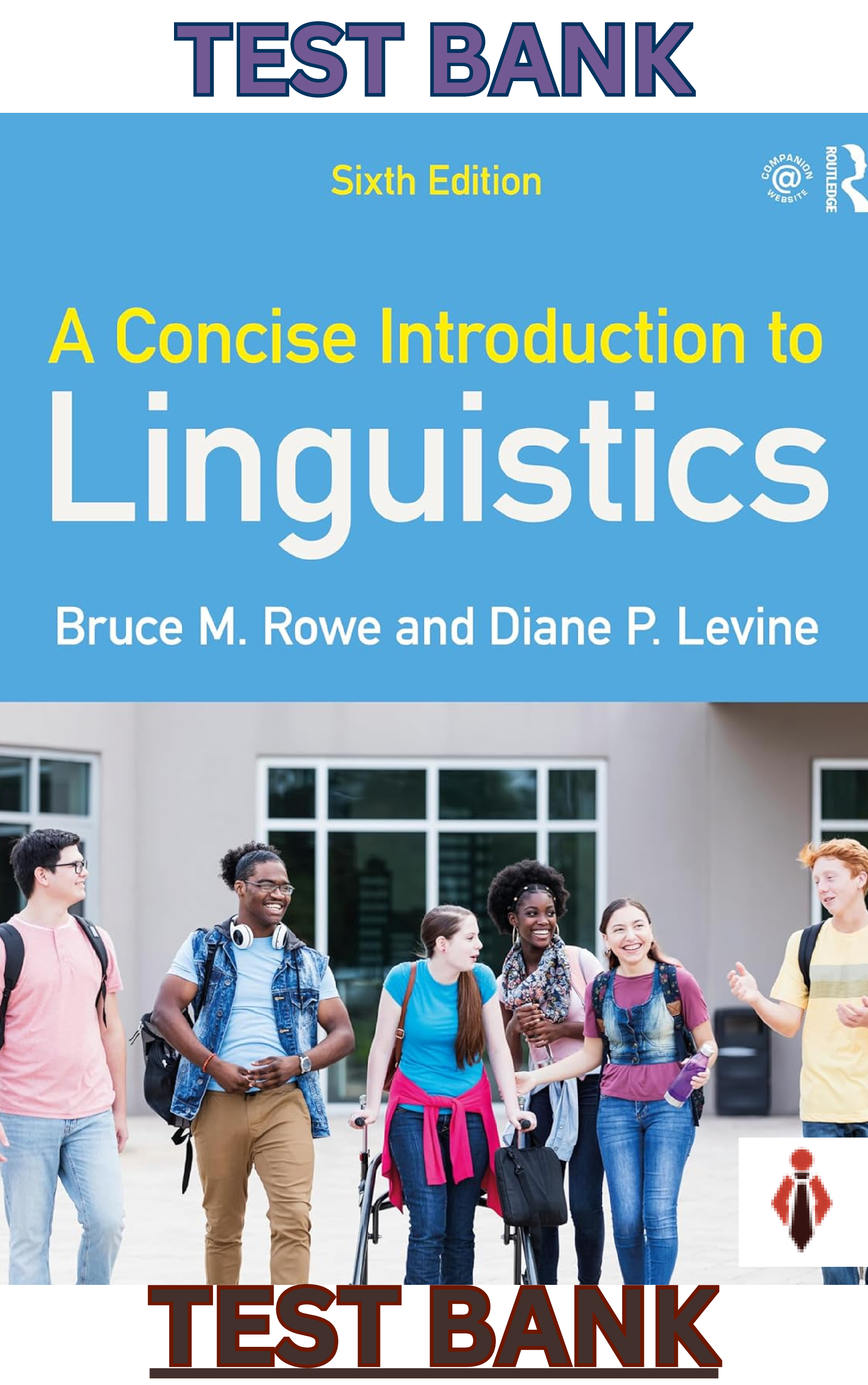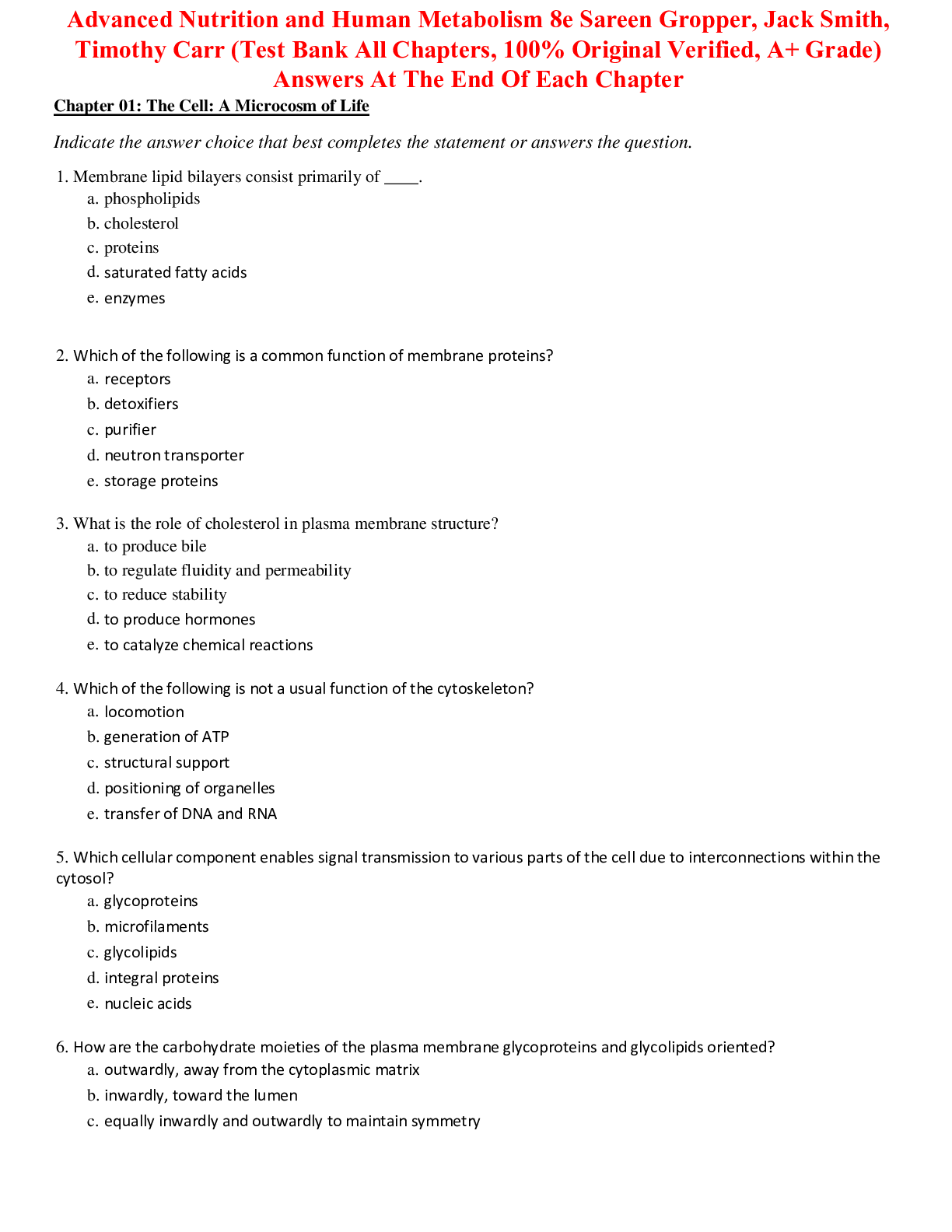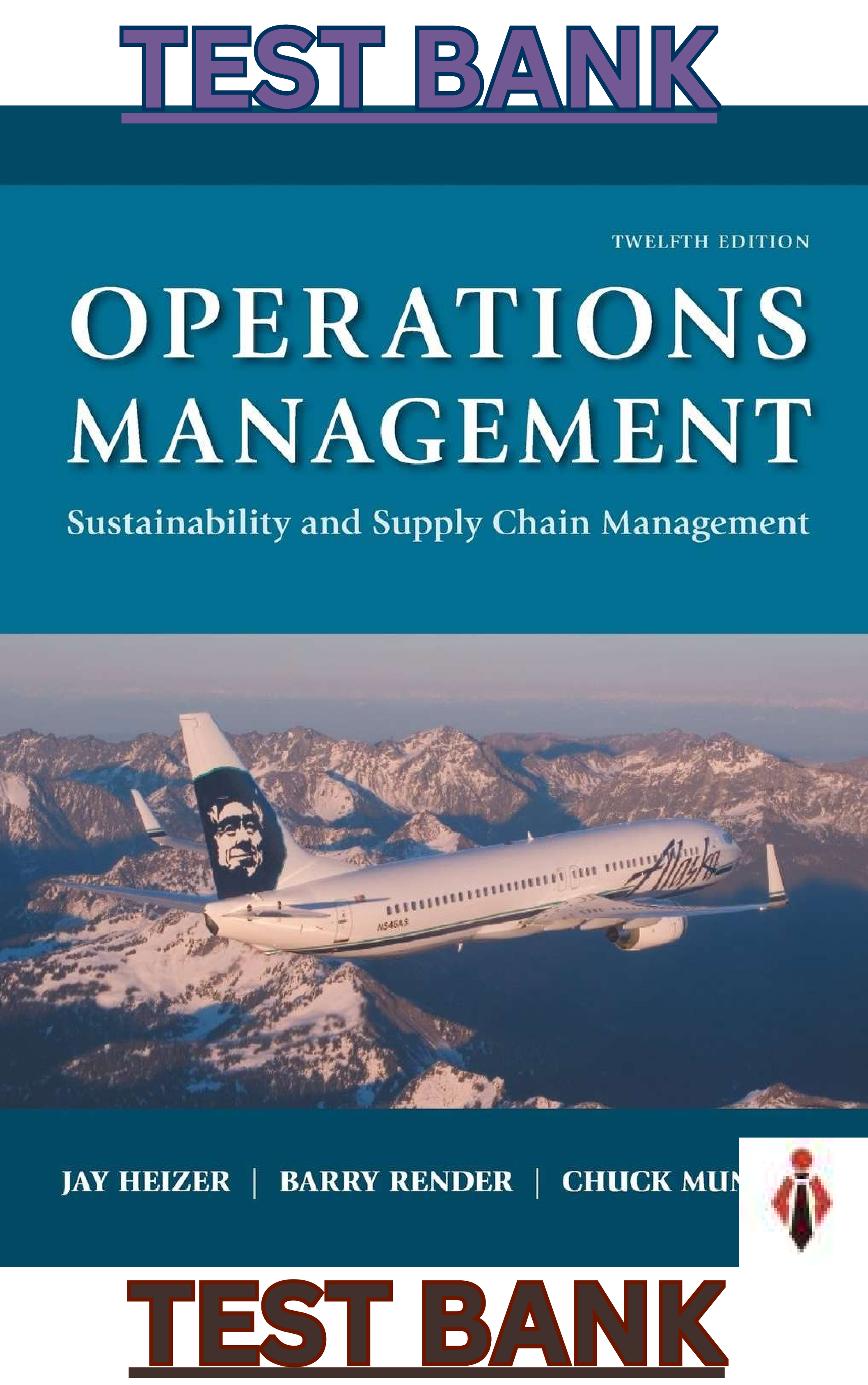BioChemistry > TEST BANK > Test Bank-Lehninger Principles of Biochemistry 8th Edition by David L. Nelson - Complete, Elaborated (All)
Test Bank-Lehninger Principles of Biochemistry 8th Edition by David L. Nelson - Complete, Elaborated and Latest Test Bank. ALL Chapters (1-28) Included and Updated for 2023
Document Content and Description Below
Test Bank-Lehninger Principles of Biochemistry 8th Edition by David L. Nelson - Complete, Elaborated and Latest Test Bank. ALL Chapters (1-28) Included and Updated for 2023 #BiochemistryFoundatio... ns #ProteinStructure #EnzymeFunction #NucleicAcids #LipidsAndMembranes #MetabolismIntro #Glycolysis #CitricAcidCycle #OxidativePhosphorylation #Photosynthesis #AminoAcidBiosynthesis #GeneExpression #BiochemistryTestBank #Bioenergetics #BiochemicalSignaling Chapter: 1. The Foundations of Biochemistry UNIT I STRUCTURE AND CATALYSIS Chapter: 2. Water, the Solvent of Life Chapter: 3. Amino Acids, Peptides, and Proteins Chapter: 4. The Three-Dimensional Structure of Proteins Chapter: 5. Protein Function Chapter: 6. Enzymes Chapter: 7. Carbohydrates and Glycobiology Chapter: 8. Nucleotides and Nucleic Acids Chapter: 9. DNA-Based Information Technologies Chapter: 10. Lipids Chapter: 11. Biological Membranes and Transport Chapter: 12. Biochemical Signaling UNIT II BIOENERGETICS AND METABOLISM Chapter: 13. Introduction to Metabolism Chapter: 14. Glycolysis, Gluconeogenesis, and the Pentose Phosphate Pathway Chapter: 15. The Metabolism of Glycogen in Animals Chapter: 16. The Citric Acid Cycle Chapter: 17. Fatty Acid Catabolism Chapter: 18. Amino Acid Oxidation and the Production of Urea Chapter: 19. Oxidative Phosphorylation Chapter: 20. Photosynthesis and Carbohydrate Synthesis in Plants Chapter: 21. Lipid Biosynthesis Chapter: 22. Biosynthesis of Amino Acids, Nucleotides, and Related Molecules Chapter: 23. Hormonal Regulation and Integration of Mammalian Metabolism UNIT III INFORMATION PATHWAYS Chapter: 24. Genes and Chromosomes Chapter: 25. DNA Metabolism Chapter: 26. RNA Metabolism Chapter: 27. Protein Metabolism Chapter: 28. Regulation of Gene Expression Abbreviated Solutions to Problems Test Bank-Lehninger Principles of Biochemistry 8th Ed. by David L. Nelson-Test Bank|2023 Updated| COMPLETE - Elaborated Test bank for Lehninger Principles of Biochemistry 8Ed. by David L. Nelson. ALL Chapters(1-28) Included |753| Pages - Questions & Answers Pass Lehninger Principles of Biochemistry in First Attempt Guaranteed!Get 100% Latest Exam Questions, Accurate & Verified Answers to Pass the Actual Exam! Instant Download! COMPLETE - Elaborated Test bank for Lehninger Principles of Biochemistry 8Ed. by David L. Nelson. ALL Chapters(1-28) Included |753| Pages - Questions & Answers Pass Lehninger Principles of Biochemistry in First Attempt Guaranteed!Get 100% Latest Exam Questions, Accurate & Verified Answers to Pass the Actual Exam! Instant Download! Lehninger Principles of Biochemistry 8th Edition by David L. Nelson ISBN-10 1319228003 ISBN-13 978-1319228002 1. The Foundations of Biochemistry I STRUCTURE AND CATALYSIS 2. Water, the Solvent of Life 3. Amino Acids, Peptides, and Proteins 4. The Three-Dimensional Structure of Proteins 5. Protein Function 6. Enzymes 7. Carbohydrates and Glycobiology 8. Nucleotides and Nucleic Acids 9. DNA-Based Information Technologies 10. Lipids 11. Biological Membranes and Transport 12. Biochemical Signaling II BIOENERGETICS AND METABOLISM 13. Introduction to Metabolism 14. Glycolysis, Gluconeogenesis, and the Pentose Phosphate Pathway 15. The Metabolism of Glycogen in Animals 16. The Citric Acid Cycle 17. Fatty Acid Catabolism 18. Amino Acid Oxidation and the Production of Urea 19. Oxidative Phosphorylation 20. Photosynthesis and Carbohydrate Synthesis in Plants 21. Lipid Biosynthesis 22. Biosynthesis of Amino Acids, Nucleotides, and Related Molecules 23. Hormonal Regulation and Integration of Mammalian Metabolism III INFORMATION PATHWAYS 24. Genes and Chromosomes 25. DNA Metabolism 26. RNA Metabolism 27. Protein Metabolism 28. Regulation of Gene Expression Abbreviated Solutions to Problems ndicate the answer choice that best completes the statement or answers the question. 1. Hereditary information (with the exception of some viruses) is preserved in: a. deoxyribonucleic acid. b. membrane structures. c. nuclei. d. polysaccharides. e. ribonucleic acid. 2. Accurate folding of a protein does NOT depend on: a. proper pH. b. correct ionic strength. c. correct temperature. d. correct metal ion concentration. e. binding to DNA. 3. What is the correct name for the configuration of the molecule shown? a. orthogonal b. trans c. cis d. zis e. chiros 4. Which statement is NOT true about the formation of early organisms? a. The first organisms were anaerobic because the atmosphere was devoid of oxygen. b. The original electron donor for photosynthetic processes was probably H2S. c. Oxygen, a powerful oxidant, was probably welcomed by anaerobic organisms as a preferable choice for metabolic reactions. d. The transfer of electrons to O2 releases more energy than transferring electrons to SO4 2–. e. Cyanobacteria are modern descendants of early photosynthetic oxygen-producers. Copyright Macmillan Learning. Powered by Cognero. Page 1 Name: Class: Date: Chap 01_8e 5. Enzymes are biological catalysts that enhance the rate of a reaction by: a. decreasing the activation energy. b. decreasing the amount of free energy released. c. increasing the activation energy. d. increasing the amount of free energy released. e. increasing the energy of the transition state. 6. Which ranking correctly describes the rigidity of the red bond (the central bond) shown in the figure? a. 2 = most rigid, 3 = least rigid b. 1 = most rigid, 5 = least rigid c. 4 = most rigid, 3 = least rigid d. 2 = most rigid, 1 = least rigid e. 4 = most rigid, 1 = least rigid 7. When Stanley Miller, in Harold Urey's laboratory, subjected a gaseous mixture mimicking the prebiotic atmosphere on Earth to electrical sparks, he found that _____ were formed. a. amino acids b. aldehydes c. ribonucleotides d. both amino acids and aldehydes e. amino acids, aldehydes, and ribonucleotides Copyright Macmillan Learning. Powered by Cognero. Page 2 Name: Class: Date: Chap 01_8e 8. In the theory for the origin of life that was tested by Miller and Urey, the prebiotic atmosphere was presumed to: a. already contain some primitive RNA molecules. b. basically be very similar to the atmosphere of today. c. contain many amino acids. d. have an abundance of methane, ammonia, hydrogen, and water. e. be rich in oxygen. 9. An increase in the entropy of a system can be described as an increase in the total amount of _____ of a system. a. kinetic energy b. potential energy c. oxidative energy d. disorder e. heat energy 10. Which statement about living systems is NOT true? a. Living organisms can be described as an open system. b. Living organisms maintain a more or less constant composition at maturity. c. Living systems are in equilibrium with their surroundings. d. Living systems exist in a dynamic steady state. e. Living systems have efficient mechanisms to convert chemical energy from one form into another. 11. The _____ of homologous proteins or genes can be used to estimate the degree of evolutionary relatedness. a. three-dimensional structure b. expression profiles c. sequence similarity d. endosymbiotic nature e. chromosomes 12. The typical three-dimensional structure of a protein in a cell, or _____ conformation, is critical to a protein's function. a. native b. molecular c. chaperone d. macromolecular e. high-affinity Copyright Macmillan Learning. Powered by Cognero. Page 3 Name: Class: Date: Chap 01_8e 13. The sum of all the proteins functioning in a cell is the: a. metabolome. b. proteasome. c. lysosome. d. proteome. e. genome. 14. Which discipline uses an approach that tries to understand complex interactions among intermediates and pathways in quantitative terms? a. metabolomics b. genomics c. systems biology d. proteomics e. lipidomics 15. The enzyme fumarase catalyzes the reversible hydration of fumaric acid to L-malate, but it will not catalyze the hydration of maleic acid, which is the cis isomer of fumaric acid. This is an example of: a. biological activity. b. chiral activity. c. racemization. d. stereoisomerization. e. stereospecificity. 16. If a scientist wanted to know whether a particular hydrocarbon was in use in a cell's plasma membrane, they could search the organism's: a. metabolome. b. lipidome. c. glycome. d. proteome. e. genome. 17. If an organism is a facultative anaerobe, which statement is true? a. The organism requires sulfur to live. b. The organism will die if exposed to oxygen. c. The organism requires oxygen to live. d. The organism does not require oxygen to live but will not die if exposed to oxygen. e. The organism requires methane to live. Copyright Macmillan Learning. Powered by Cognero. Page 4 Name: Class: Date: Chap 01_8e 18. Which is NOT found in both animal and plant cells? a. ribosome b. Golgi complex c. endoplasmic reticulum d. vacuole e. mitochondrion 19. Which statement is true about genetic mutations? a. Mutations may arise from an unrepaired mistake in DNA replication. b. Mutations may arise from incorrectly repaired damage to one of the DNA strands. c. Mutations in reproductive cells can be passed to offspring. d. Mutations may better equip an organism or cell to survive in its environment. e. All of the statements are true. 20. Which list has the cellular components arranged in order of increasing size? a. nucleotide < DNA < nucleus < chromatin b. nucleotide < DNA < chromatin < nucleus c. nucleotide < chromatin < DNA < nucleus d. DNA < nucleotide < nucleus < chromatin e. DNA < chromatin < nucleus < nucleotide 21. Which element is NOT among the four most abundant in living organisms? a. carbon b. hydrogen c. nitrogen d. oxygen e. phosphorus 22. Which is NOT a property of living organisms? a. precise self-replication b. in a dynamic steady state with the environment c. evolution over time d. composed of cells e. conversion of energy into matter Copyright Macmillan Learning. Powered by Cognero. Page 5 Name: Class: Date: Chap 01_8e 23. Which is the major feature that distinguishes eukaryotes from Bacteria and Archaea? a. DNA b. photosynthetic capability c. plasma membranes d. ribosomes e. the nucleus 24. Reaction 1 has a ΔG° of –12.3 kJ/mol, and reaction 2 has a ΔG° of –23.4 kJ/mol. Which statement is true of these two reactions? a. Reaction 1 occurs faster. b. Reaction 2 occurs faster. c. Both reactions occur at the same rate. d. Reaction 2 will not occur. e. It is impossible to know which reaction occurs faster with this information. 25. Which organelle probably originated as an endosymbiotic engulfing of an aerobic bacterium by a eukaryotic cell? a. ribosome b. mitochondrion c. Golgi body d. nucleus e. endoplasmic reticulum 26. In a bacterial cell, the DNA is in the: a. cell envelope. b. cell membrane. c. nucleoid. d. nucleus. e. ribosomes. 27. _____ pathways _____ large molecules, _____ energy. a. Catabolic; break down; releasing b. Anabolic; break down; releasing c. Catabolic; break down; storing d. Anabolic; break down; storing e. Anabolic; build up; releasing Copyright Macmillan Learning. Powered by Cognero. Page 6 Name: Class: Date: Chap 01_8e 28. Which statement correctly describes the molecules shown? a. A and D are enantiomers, and B and C are enantiomers. b. A and D are diastereomers, and B and C are enantiomers. c. A and C are enantiomers, and B and D are diastereomers. d. A and C are diastereomers, and B and D are enantiomers. e. All are diastereomers to each other. 29. Which method is the MOST versatile for separating subcellular components of tissue into fractions containing things ranging from large (e.g., whole cells) to small (e.g., ribosomes)? a. centrifugation b. precipitation c. chromatography d. restriction digest e. peroxidation 30. When two genes share detectable sequence similarity, those genes or their gene products, are said to be: a. homologs. b. symbiologs. c. complimentary sequences. d. co-genes. e. housekeeping genes. 31. Which statement is NOT true regarding the plasma membrane? a. It is a physical barrier separating the inside of the cell from its surroundings. b. It is flexible, with a hydrophobic internal structure. c. The individual lipids and proteins of the plasma membrane are covalently linked. d. The plasma membrane incorporates newly made lipid and protein components as a cell grows. e. Cell division occurs without loss of the membrane integrity. Copyright Macmillan Learning. Powered by Cognero. Page 7 Name: Class: Date: Chap 01_8e 32. Which factor can be changed without breaking covalent bonds? a. conformation b. configuration c. chirality d. stereochemistry e. None of the answers is correct. 33. Stereoisomers that are nonsuperimposable mirror images of each other are known as: a. anomers. b. cis-trans isomers. c. diastereoisomers. d. enantiomers. e. geometric isomers. 34. Which statement is true when Keq >> 1? a. ΔG° is large and negative b. ΔG° is large and positive c. ΔG° is small and negative d. ΔG° is small and positive e. the value of ΔG° is independent of Keq 35. Which is true about a racemic mixture? a. The components are not separable by any means. b. It has no optical rotation. c. It is a mixture of diastereomers. d. It contains both polar and nonpolar substances. e. It can be separated into its components by differential centrifugation. 36. Which group of single-celled microorganisms has many members found growing in extreme environments? a. bacteria b. archaea c. eukaryotes d. heterotrophs e. None of the answers is correct. Lehninger Principles of Biochemistry 8Ed.. [Show More]
Last updated: 2 months ago
Preview 1 out of 759 pages
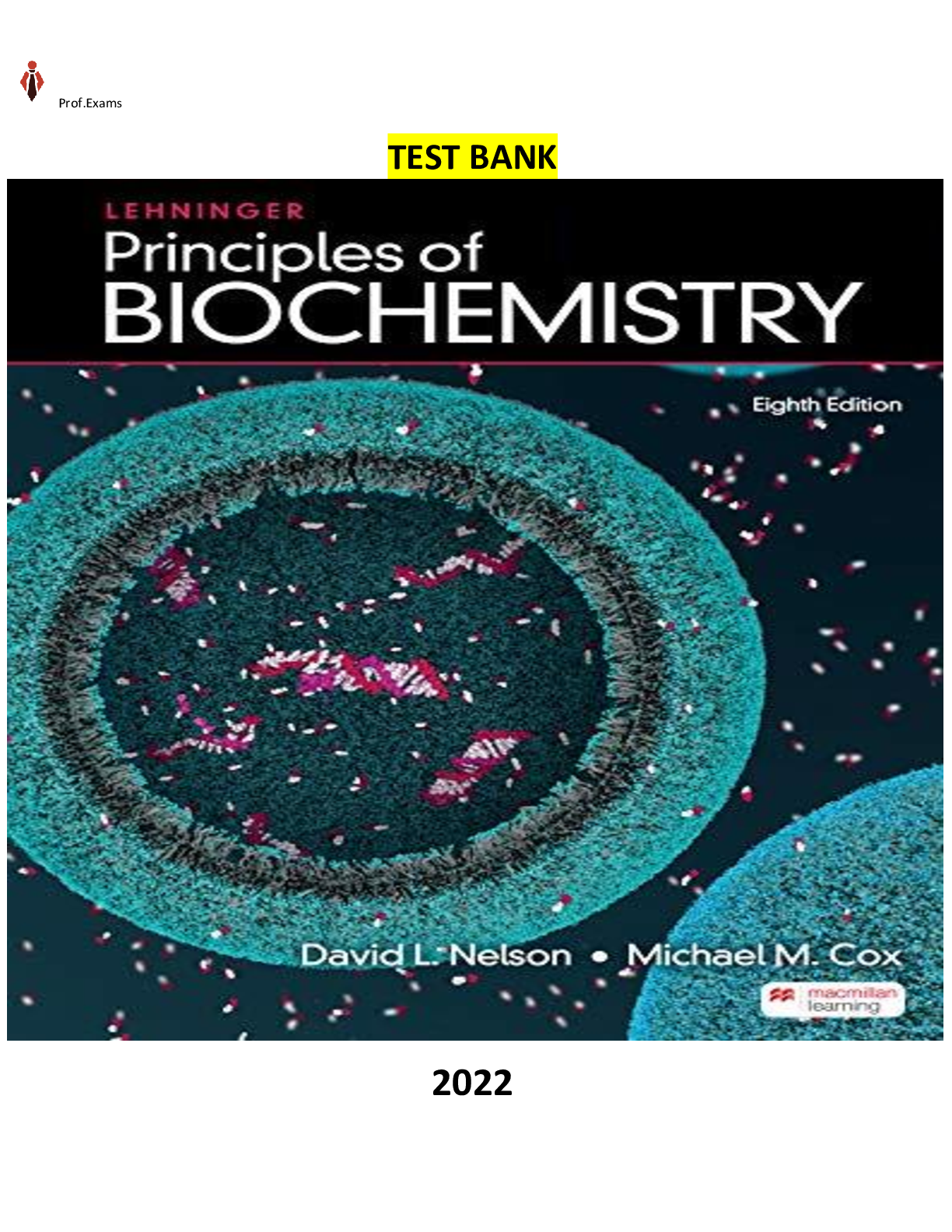
Reviews( 0 )
Document information
Connected school, study & course
About the document
Uploaded On
May 06, 2023
Number of pages
759
Written in
Additional information
This document has been written for:
Uploaded
May 06, 2023
Downloads
7
Views
404

